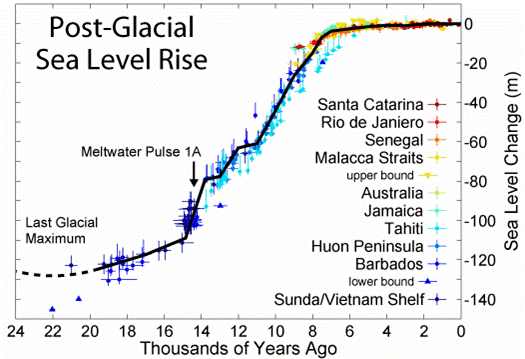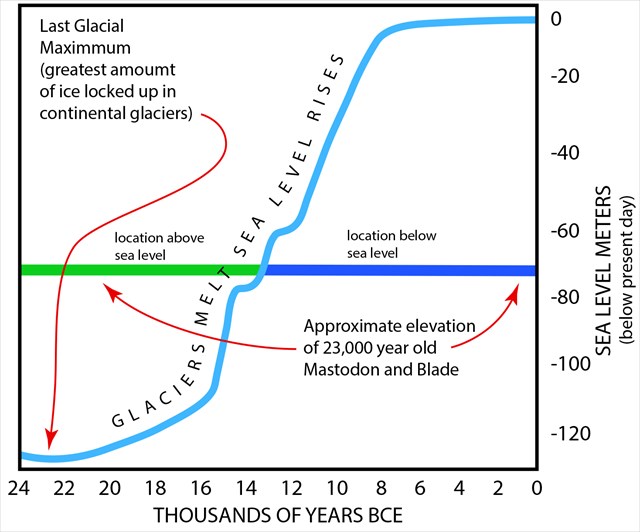bicicleur 2
Regular Member
- Messages
- 6,367
- Reaction score
- 1,402
- Points
- 113
I am posting this thread as a singular point for people to discuss their theories as to the origin & spread of Y DNA Haplogroup I, I1, I2, and further downstream subclades. I will refrain from posting my ideas in this post and rather just post some general questions that need to be answered and addressed in any theory (my ideas will be posted after). There is a lot of good scientific data that can be used as reference material here and I hope that it is used in every theory.
1. Where/When did IJ originate?
2. Where/When did I originate?
3. When did I reach Europe and where was the original settlement?
4.Where/When did Proto-I1 diverge from I2
5.Where was the geographical location of I1 during the bottleneck and when did it end?
6.Where/When did I2 originate?
7.Where/When did I2a/b/c originate?
8.Where/When did I2a1 and I2a2 originate?
9.Where/When I2a1a(M26), I2a1b(M423), and other I2a1 subclades originate (I2a1c/d/e)?
10. Explain the modern day distributions of I Subclades
a guess :
IJK is the origin of Aurignacian, 45000 years ago
I is the origing of Gravettian, entering Europe via Balkans, 32000 years ago
I1 Ahrensburg culture, tundra hunters 15500 year ago, dissapeared 10000 years ago but some survived as Hensa-Fonsbecka fishermen , survived in the Norvegian fjords till 4500 years ago
I2b/c Italy/Adriatic Sea till 17000 years ago, expanding into the Hungarian plain.
I2a1a Peleponesos, Greece 20000 years ago, fishing in the Mediterranean Sea, along with G2a 10000 years ago, Sardegna 8000 years ago, farmer in the Rhone valley 7500 years ago, farmers going furhter north
I2a1a is CTS595, L1294 is derived from CTS595
I2a1b Southern France Magdalenian 12000 years ago, through Central Europe and Northern Europe till Danube Delta and western Pontic Steppe 9000 years ago
I2a2b followed the same trail as I2a1b, a little bit later
some I2a1b/I2a2b came back west from the Erzgebirge/Carpaths/Pontic steppe with Indo-Europeans
I2a2a Doggerland 10000 years ago, Doggerland drowned 8000 years ago, M284 arrived west in England, the others descend from Swifterbant/Ertebölle culture



